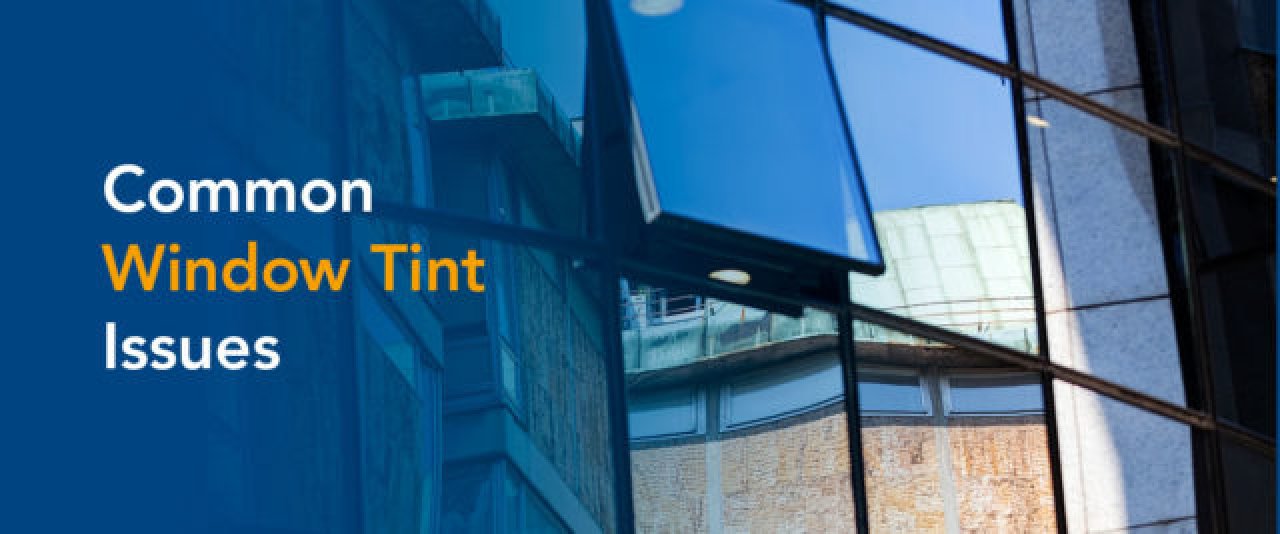Ceramic Window Tint
Oct 19, 2022

By: David Smith
Choosing the right window tint for your needs can be challenging with so many options on the market. From appearance to quality to protection and durability, you have to consider many factors. With ceramic window film, you can be confident you’ll retain high visibility while keeping your interior cool and shaded.
Below, we’ll discuss the primary functions and benefits of ceramic window film and how it compares to other types of tint. You can get automotive, residential and commercial ceramic window tints installed and see the many advantages they provide upon placement and over time.
What Is Ceramic Window Tint?
Ceramic window tint is a type of window film used in oxide and nitrate coatings. An installer will conduct a process within a sputtering chamber that combines negative electrical charges and argon gas with nitrogen or oxygen. Through these gases, the coating retains a metal appearance but is less reflective than a metallized coating.
After this process, the material itself is no longer metal, carbon or dye, but instead has nonconductive particles. While ceramic tints have some of the same uses as regular window film, the ceramic particles allow for many extra benefits.

5 Benefits of Ceramic Window Tint
Ceramic window tints provide some of the newest technology on the market. Because there are several types of tint used for various purposes, let’s dive into ceramic window film benefits and how it might be the right choice for your needs.
1. Protection From UV Rays and Sun Glare
Ceramic window tints can protect you from 99% of ultraviolet (UV) rays you’re exposed to while in your car, home or office building. Excessive and continued exposure to such rays can lead to harmful eye and skin damage — and in some cases, it causes skin cancer.
In addition to protecting you from these rays, ceramic window tint adds a bit of shade to the area. Ceramic window tints typically only allow 50% of light through the windows, which also makes it easier to see when driving and helps you avoid eye strain without blocking your visibility.
2. Keep Signals Intact
Ceramic window tints don’t have metal particles, so they won’t interrupt your cell phone or radio signal when driving. Metallic window tints have many of the same benefits as ceramic tints, but they can sometimes interfere with electronic signals and cause static or dropped calls. Ceramic tints alleviate this issue and ensure your signals, Wi-Fi and GPS remain uninterrupted.
3. Provide Heat Resistance
Because ceramic window tints can block large amounts of UV rays, it’ll also make the interior of your car, house or building cooler. Ceramic window tints have powerful heat resistance that can help you reduce the use of your air conditioning. Using your A/C less often will help you save money on energy or gas.
4. Enhance Privacy and Safety
With the improved shade that ceramic window tints provide, you can keep your windows more private. Ceramic tints provide privacy by making it difficult for others to see inside your car or home without compromising your ability to see — even at night. Ceramic window tints will also help hold shattered glass together if your window should ever break during an accident.
5. Improved Durability and Quality
Having professionals install ceramic window tints on your windows or windshield will provide you with scratch-resistant, quality material. There are tiny nanoparticles tightly bound together in ceramic window tints that contribute to its durability. As a result, it can stand up to flying debris such as rocks and even deter criminals from attempting car theft for years to come.
Ceramic Film vs. Other Types
Though ceramic film has many advantages, there are other types of window tinting film available that meet different needs and serve other purposes. Now that you know how ceramic film works, let’s take a look at other popular types of tint and how they compare.
Non-reflective or Dyed Film
This type of film is the most affordable type and uses dye on polyester film sheets to block out light rays. Dyed film is often only used for appearance, but it prevents a very small amount of heat from entering through the window. On car windows, dyed film will appear black and look quite flat and opaque.
These features will provide some added privacy, but the dye tends to fade over time. This film would be ideal if you value privacy over UV light protection and durability.
Metallized Film
Metallized film reflects heat to keep your interior cool through small metallic particles embedded into the film. This type of film also makes your windows less susceptible to shattering, like ceramic tints, and is more scratch-resistant than dyed film. Metallized film has a shiny appearance unlike non-reflective films.
One downside to metallized film is the high-metallic content can often create interference with radio reception, cell phone signal and GPS transmission.
Carbon Film
Carbon window tint film is dark with a matte finish, so it won’t be as shiny as metallized film. It also doesn’t contain metal, so the signal and transmission clarity in carbon film is similar to ceramic tints. Carbon film blocks about 40% of the infrared light that comes through windows and creates heat, so it’s not far behind the heat-resistant properties of ceramic film.
This means it’s quite effective at keeping interiors cool, so you can use less A/C and prevent upholstery fading. Another advantage of carbon film is its color won’t fade over time, as dyed film does.
Find a Ceramic Film Dealer With Madico®, Inc
If you’re looking into ceramic window film for your home, vehicle or business, Madico can help. Our window films are a great solution to increase privacy, reduce sunlight and protect your windows. With our tint simulator and architectural film selector tools, you can easily see which films are right for your needs.
We’ll also help you find a dealer near you to get your film properly installed. Contact us today if you have any questions about the different types of window tints we offer.



